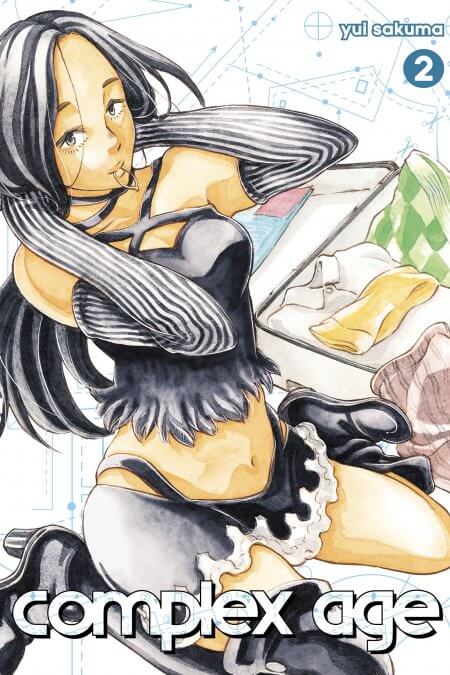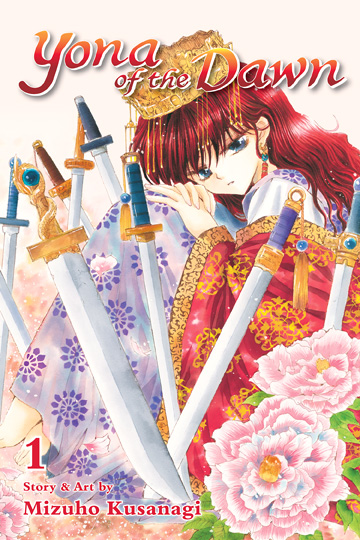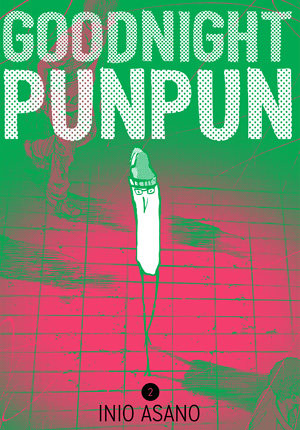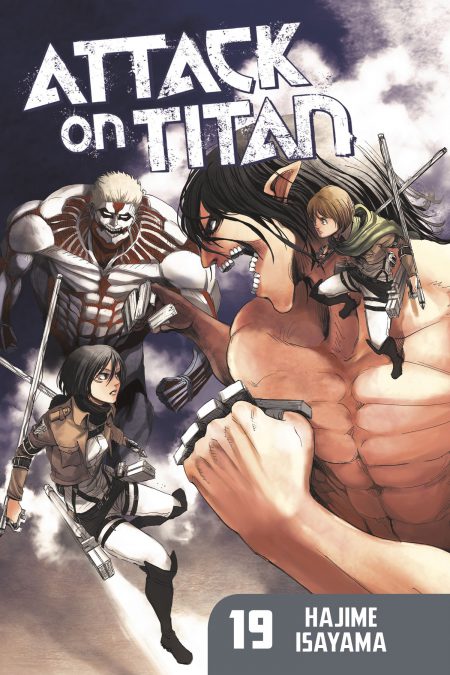My News and Reviews Last week at Experiments in Manga, the Yona of the Dawn Giveaway Winner was announced. The post also includes a list of a variety of shoujo fantasy manga available in English …
Continue Reading about My Week in Manga: October 3-October 9, 2016 →




